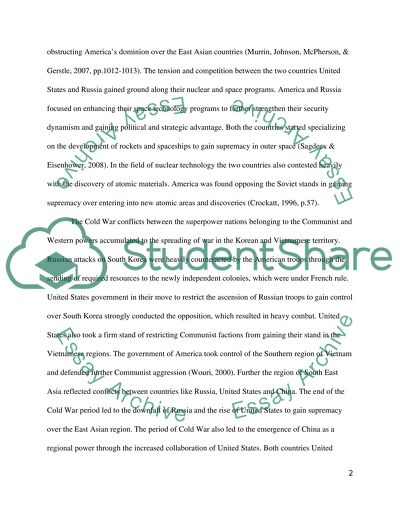Cite this document
(“Cold War pattern of conflicts and its influence on international Dissertation”, n.d.)
Retrieved from https://studentshare.org/family-consumer-science/1410011-cold-war-pattern-of-conflicts-and-its-influence-on
Retrieved from https://studentshare.org/family-consumer-science/1410011-cold-war-pattern-of-conflicts-and-its-influence-on
(Cold War Pattern of Conflicts and Its Influence on International Dissertation)
https://studentshare.org/family-consumer-science/1410011-cold-war-pattern-of-conflicts-and-its-influence-on.
https://studentshare.org/family-consumer-science/1410011-cold-war-pattern-of-conflicts-and-its-influence-on.
“Cold War Pattern of Conflicts and Its Influence on International Dissertation”, n.d. https://studentshare.org/family-consumer-science/1410011-cold-war-pattern-of-conflicts-and-its-influence-on.


